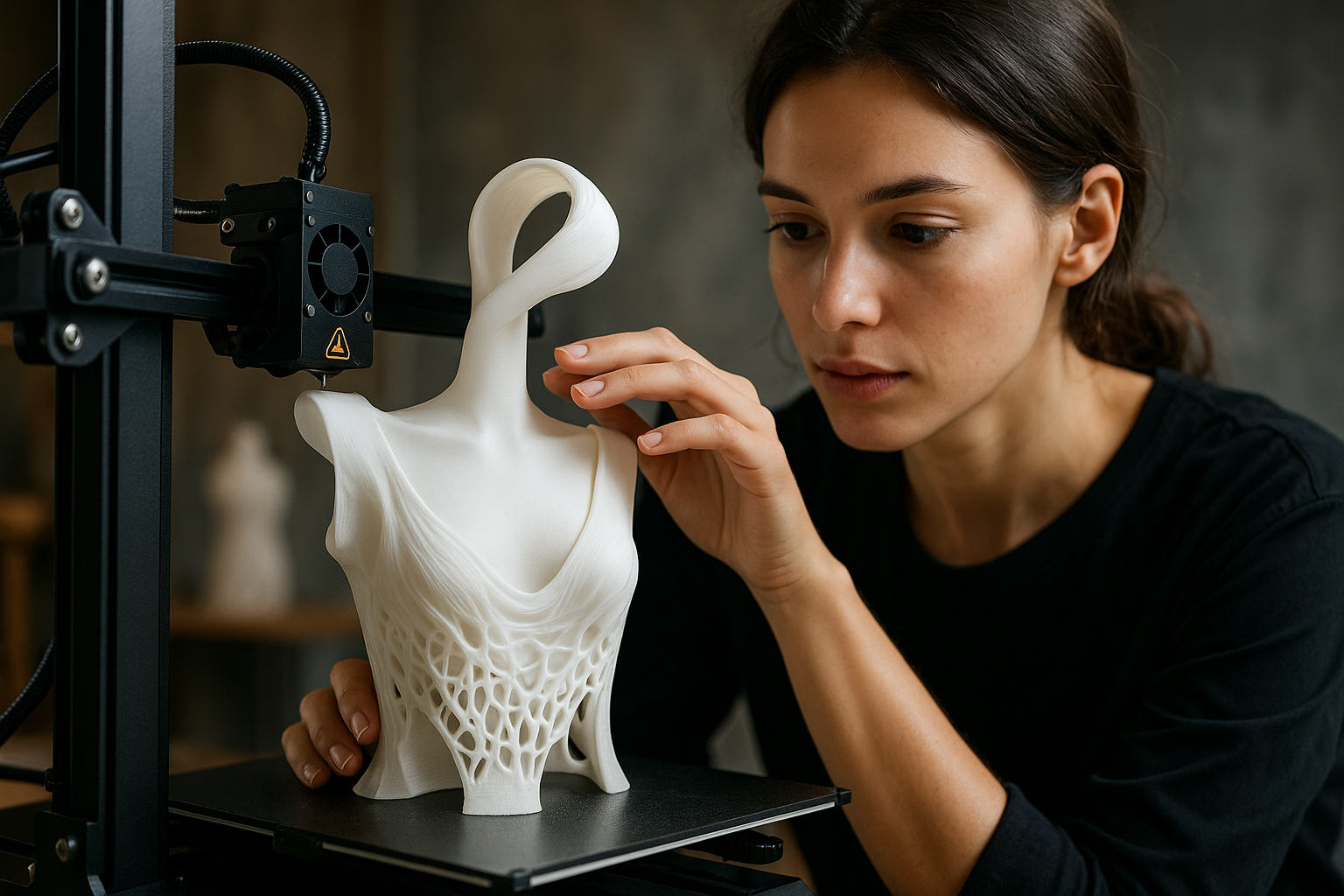some test headline
In recent years, 3D printing technology has revolutionized various industries, from manufacturing to education. Among the exciting innovations in this field, the 3D pen stands out as a versatile and accessible tool for both professionals and hobbyists alike. This handheld device allows users to draw three-dimensional objects in mid-air, bringing their creative visions to life with remarkable ease. As we delve into the world of 3D pens, we'll explore their functionality, applications, and impact on art, design, and education in France and beyond.

What is a 3D pen and how does it work?
A 3D pen is a portable device that extrudes heated plastic filament, allowing users to create three-dimensional objects by drawing in the air or on surfaces. Similar to a handheld 3D printer, these pens melt plastic filament and cool it rapidly as it exits the nozzle. The user controls the flow of plastic and moves the pen to create structures, much like drawing with ink. The most common materials used in 3D pens are ABS (Acrylonitrile Butadiene Styrene) and PLA (Polylactic Acid) filaments, each offering different properties and applications.
What are the main applications of 3D pens?
3D pens have found their way into various fields, showcasing their versatility and potential. In the realm of art and design, artists use these tools to create intricate sculptures, jewelry, and decorative items. Architects and product designers employ 3D pens for rapid prototyping and concept visualization. In education, these devices serve as engaging tools for teaching STEM subjects, allowing students to bring their ideas to life and understand spatial concepts better. Additionally, 3D pens have proven useful in repair and customization tasks, enabling users to fix plastic items or add unique touches to existing objects.
How do 3D pens compare to traditional 3D printers?
While both 3D pens and traditional 3D printers use similar technology, they differ significantly in their approach and capabilities. 3D printers excel at producing precise, complex objects based on digital designs, offering consistency and repeatability. In contrast, 3D pens provide a more hands-on, freeform experience, allowing for spontaneous creativity and immediate results. 3D pens are generally more portable and require less setup than printers, making them ideal for quick projects or on-the-go use. However, they may lack the precision and scalability of traditional 3D printers for larger or more intricate projects.
What skills are needed to use a 3D pen effectively?
Using a 3D pen effectively requires a combination of artistic skill, spatial awareness, and technical understanding. While beginners can enjoy creating simple structures, mastering the art of 3D pen drawing takes practice. Key skills include steady hand control, the ability to visualize three-dimensional shapes, and an understanding of how different materials behave. Users must also learn to manage the pen’s temperature and extrusion rate to achieve desired results. Many enthusiasts find that skills from drawing, sculpture, or other artistic disciplines transfer well to 3D pen use, but the unique aspects of working in three dimensions present new challenges and opportunities for creativity.
What unique opportunities do 3D pens offer in France?
In France, 3D pens have opened up exciting possibilities across various sectors. The country’s rich artistic heritage and innovative design culture have embraced this technology, leading to unique applications. French artists are using 3D pens to create contemporary sculptures that blend traditional techniques with modern technology. In education, several French schools have incorporated 3D pens into their curriculum, particularly in art and technology classes, fostering creativity and technical skills among students. The fashion industry in France has also taken notice, with designers experimenting with 3D pens to create avant-garde accessories and textile embellishments, showcasing the intersection of technology and haute couture.
How do different 3D pen models compare in terms of features and pricing?
When considering a 3D pen, it’s essential to compare different models based on their features, performance, and cost. Here’s a comparison of some popular 3D pen models available in France:
| Model | Key Features | Price Range (EUR) |
|---|---|---|
| 3Doodler Create+ | Dual Drive technology, variable speed | 70 - 90 |
| MYNT3D Professional | Adjustable temperature, LCD display | 60 - 80 |
| Scribbler 3D V3 | Slim design, fast heating | 50 - 70 |
| XYZprinting da Vinci 3D Pen | Ceramic nozzle, auto shut-off | 40 - 60 |
| 7TECH 3D Printing Pen | Temperature control, lightweight | 30 - 50 |
Prices, rates, or cost estimates mentioned in this article are based on the latest available information but may change over time. Independent research is advised before making financial decisions.
The 3D pen market offers a range of options to suit different needs and budgets. Entry-level models like the 7TECH 3D Printing Pen provide basic functionality at an affordable price point, making them suitable for beginners or casual users. Mid-range options such as the MYNT3D Professional offer more advanced features like temperature control and digital displays, catering to enthusiasts who desire more precision. High-end models like the 3Doodler Create+ boast premium features and build quality, targeting professionals and serious hobbyists.
When choosing a 3D pen, consider factors such as ease of use, filament compatibility, temperature control, and ergonomics. Some models offer additional features like variable speed settings or interchangeable nozzles, which can enhance versatility. It’s also worth considering the availability and cost of compatible filaments, as this will affect long-term usage and expenses.
In conclusion, 3D pens represent an exciting fusion of art and technology, offering a unique medium for creative expression and practical applications. From educational tools to artistic instruments, these devices have found a place in various sectors across France and beyond. As the technology continues to evolve, we can expect to see even more innovative uses for 3D pens, further blurring the lines between digital and physical creation.




